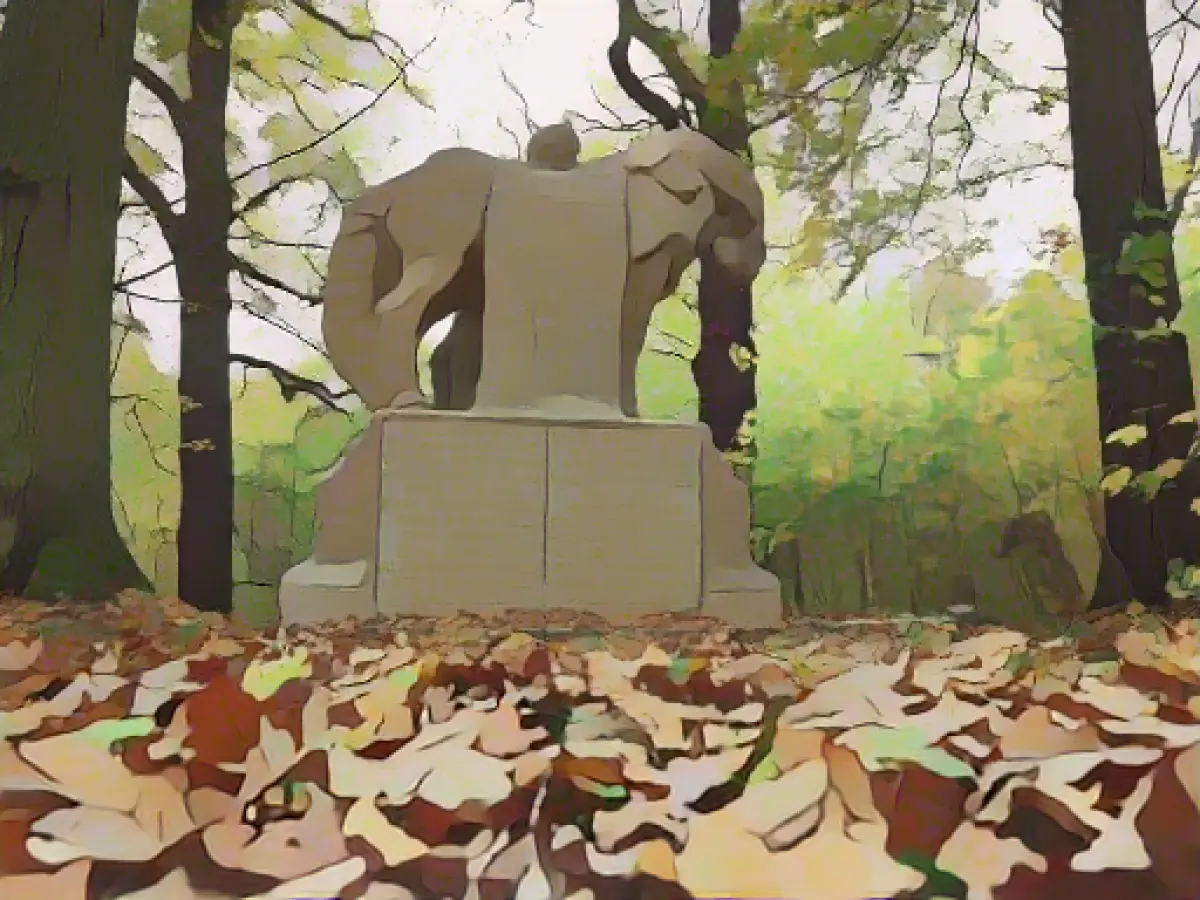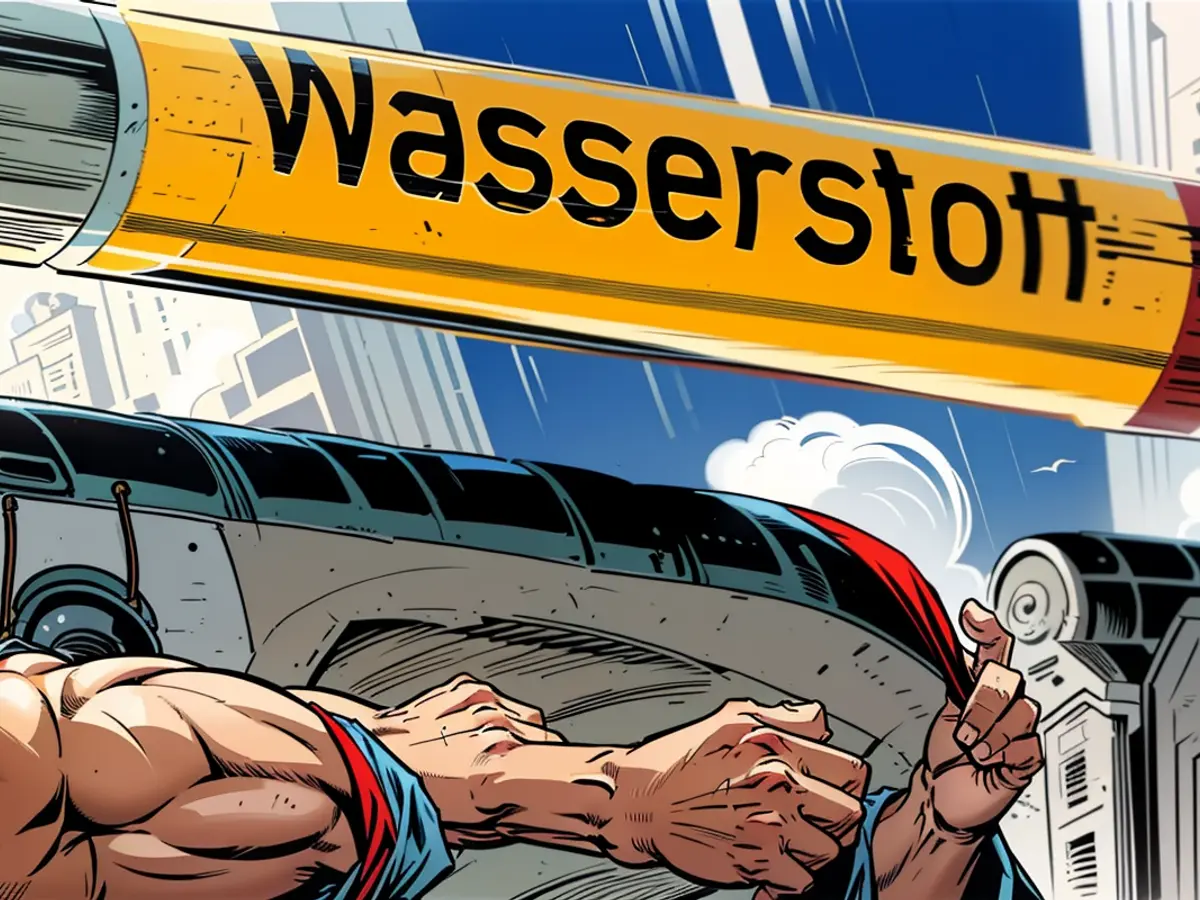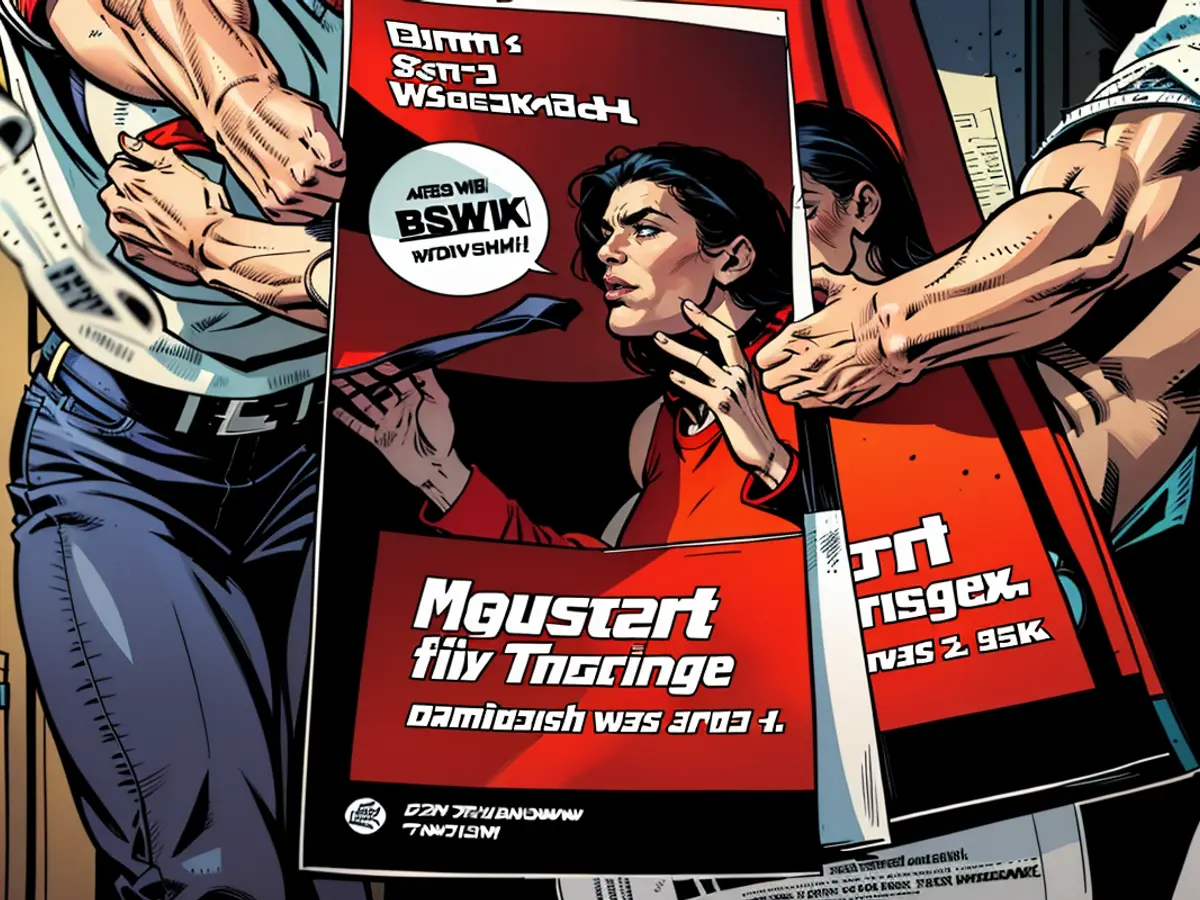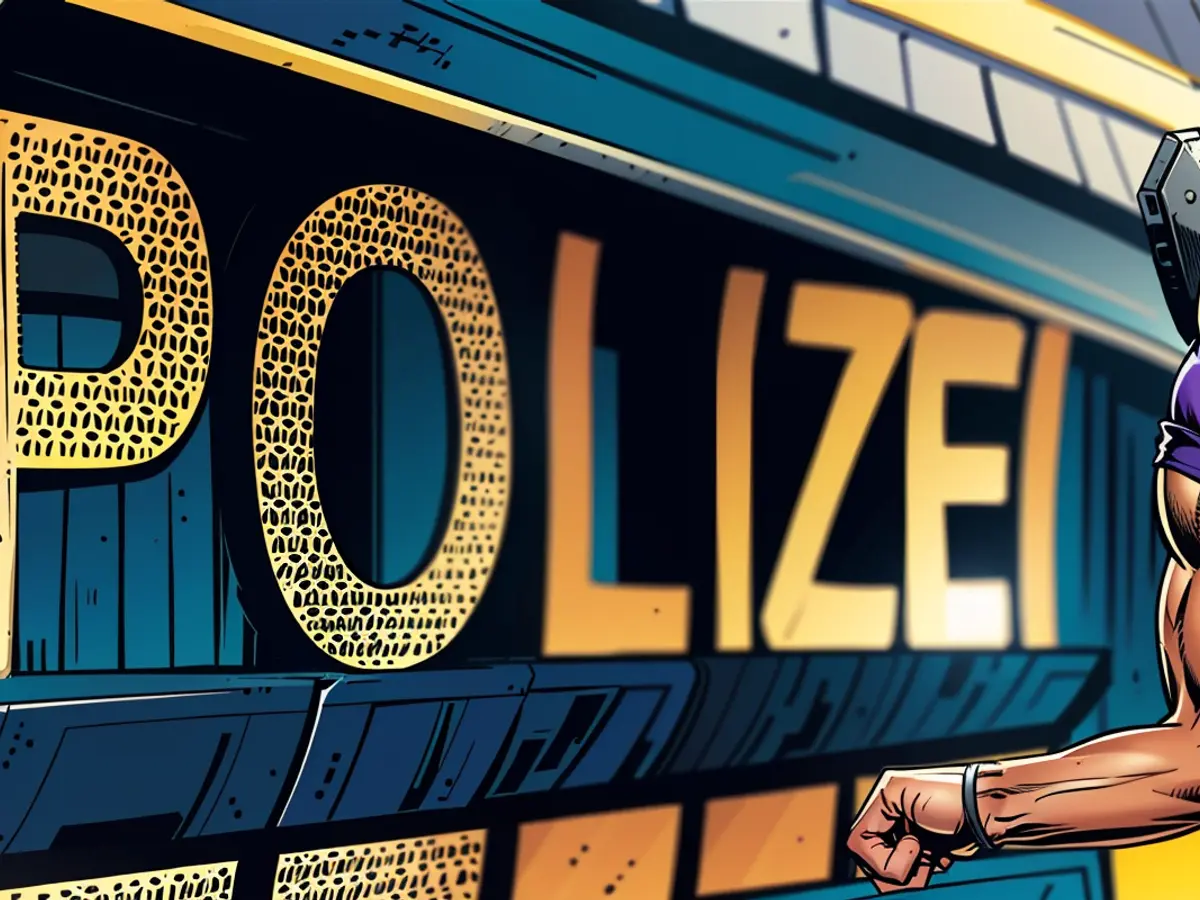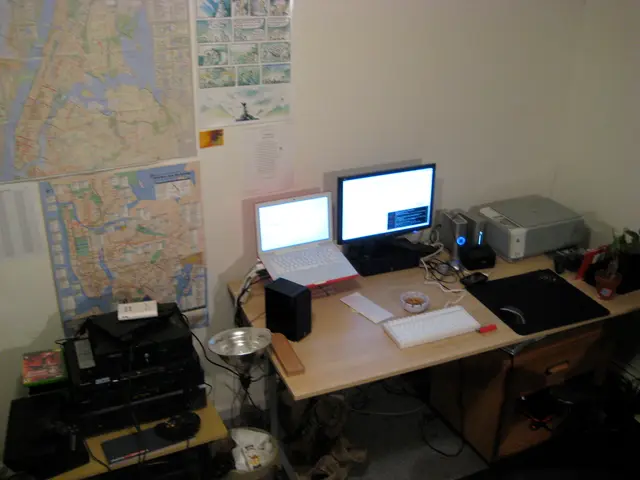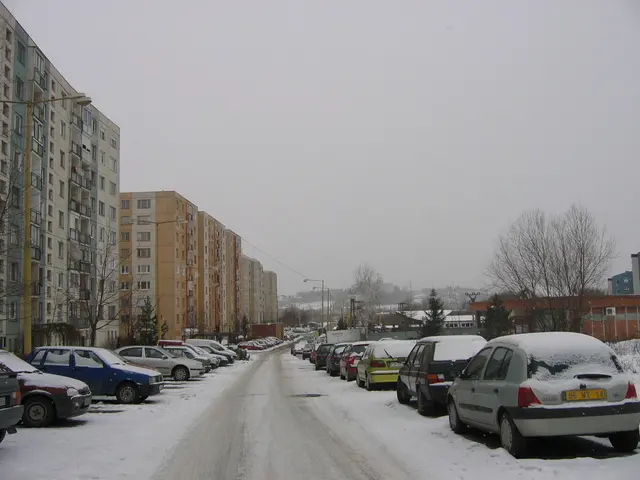Memorials and Monuments: A Blurred Past?
According to historian Jens-Christian Wagner, many war memorials lack historical context and distinction. Wagner, the director of the Buchenwald and Mittelbau-Dora Memorials Foundation, argued that monuments to the fallen often commemorate individuals such as First World War soldiers, Wehrmacht soldiers, SS members, and victims of political persecution indiscriminately. This, he stated, blurs historical lines and contributes to a lack of critical awareness.
This Sunday, on the National Day of Mourning, many places across Germany will commemorate the dead of war and tyranny at memorials and monuments. Thuringia, in particular, boasts more than 1,000 monuments commemorating wars from the 19th and 20th centuries. These memorials are scattered across cemeteries, church forecourts, and village greens. Some of these monuments were erected in the 1920s, while others came into existence during the National Socialist era.
Martial imagery and artistic sculptures are common features of these monuments. Many contain stone blocks with war symbols, like oak leaves and steel helmets. However, some glorifying the war and commemorating events like the Franco-Prussian War have been torn down or altered throughout history, often in response to changing political climates.
Memorials often undergo rededications, with their purposes adapting to fit society's evolving perspectives and ideologies. In the GDR, for instance, many memorials were reinterpreted as memorials to victims of National Socialism or peace memorials. After reunification, these monuments were expanded to include various groups.
This practice of "broadening" commemoration is problematic, according to historian Wagner. He believes that commemorating individuals like Wehrmacht soldiers or SS members who committed war crimes during the Second World War is incorrect and perpetuates this blending of history.
Cracking the Code of Historical Commemoration
Critics argue that some war monuments lack adequate contextualization, which can lead to a simplistic or even misleading portrayal of historical events. This lack of context can perpetuate nationalistic or ideological narratives without fully acknowledging the complexities and nuances of the past.
Furthermore, some memorials may overlook or marginalize the experiences and sacrifices of oppressed groups. This omission can contribute to a distorted historical record and reinforce dominant narratives that ignore the suffering of marginalized communities.
Memorial spaces may also undergo symbolic reclamation, which can lead to the sanitization or ideological transformation of their historical significance. This is common in sites that have undergone significant political transitions, like Martyrs’ Alley in Azerbaijan.
Historical revisionism is another issue, as memorials can be rededicated or reinterpreted to align with changing political or social ideologies. This can result in the distortion of the original intent and context of the memorial.
In Thuringia, Germany, some memorials and symbols from the Nazi era have been removed or reinterpreted. For example, the Moor's head representing St. Maurice was replaced by a sword and swastika in Coburg's coat of arms in 1934. After World War II, the original coat of arms was restored.
The Buchenwald Memorial in Weimar, Thuringia, serves as a reminder of the atrocities committed during the Holocaust. It is a site of historical education and remembrance, reflecting a commitment to addressing and learning from the past.
The treatment and rededication of memorials in Thuringia demonstrate a nuanced approach to preserving historical significance while acknowledging the complexities of the past.
